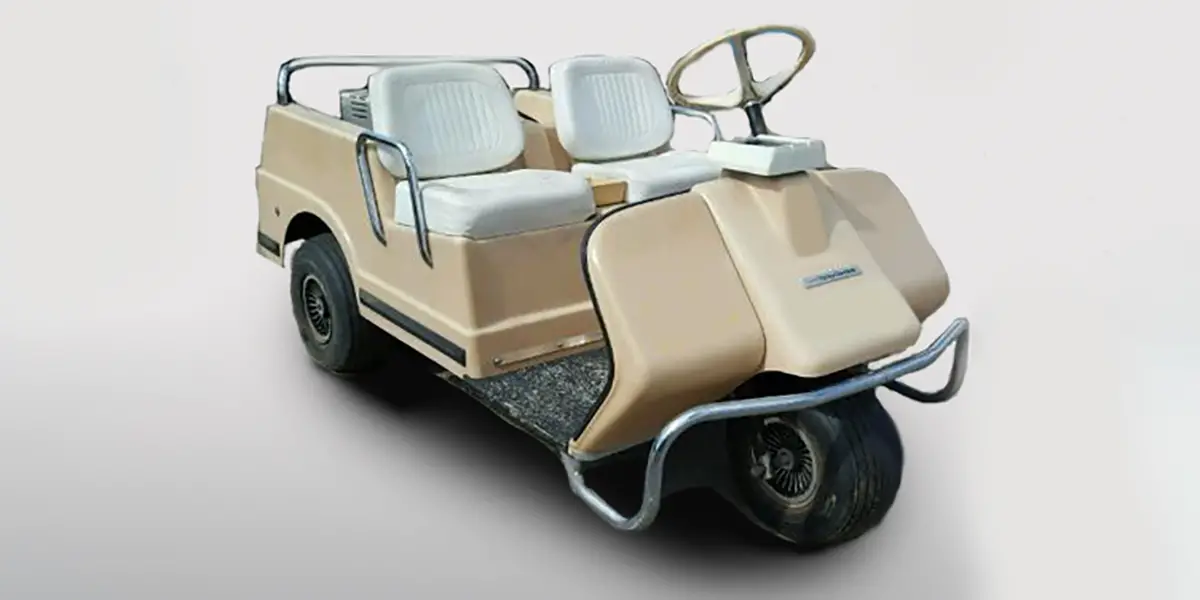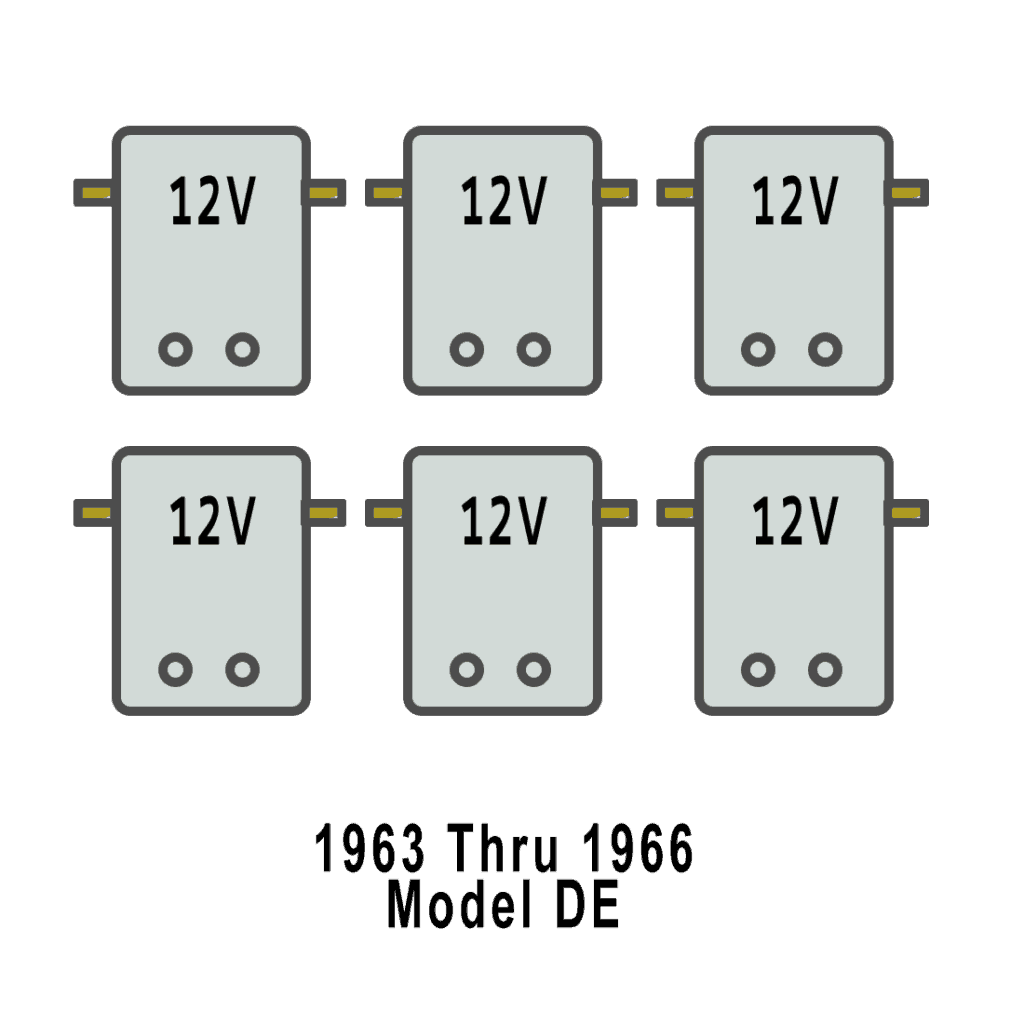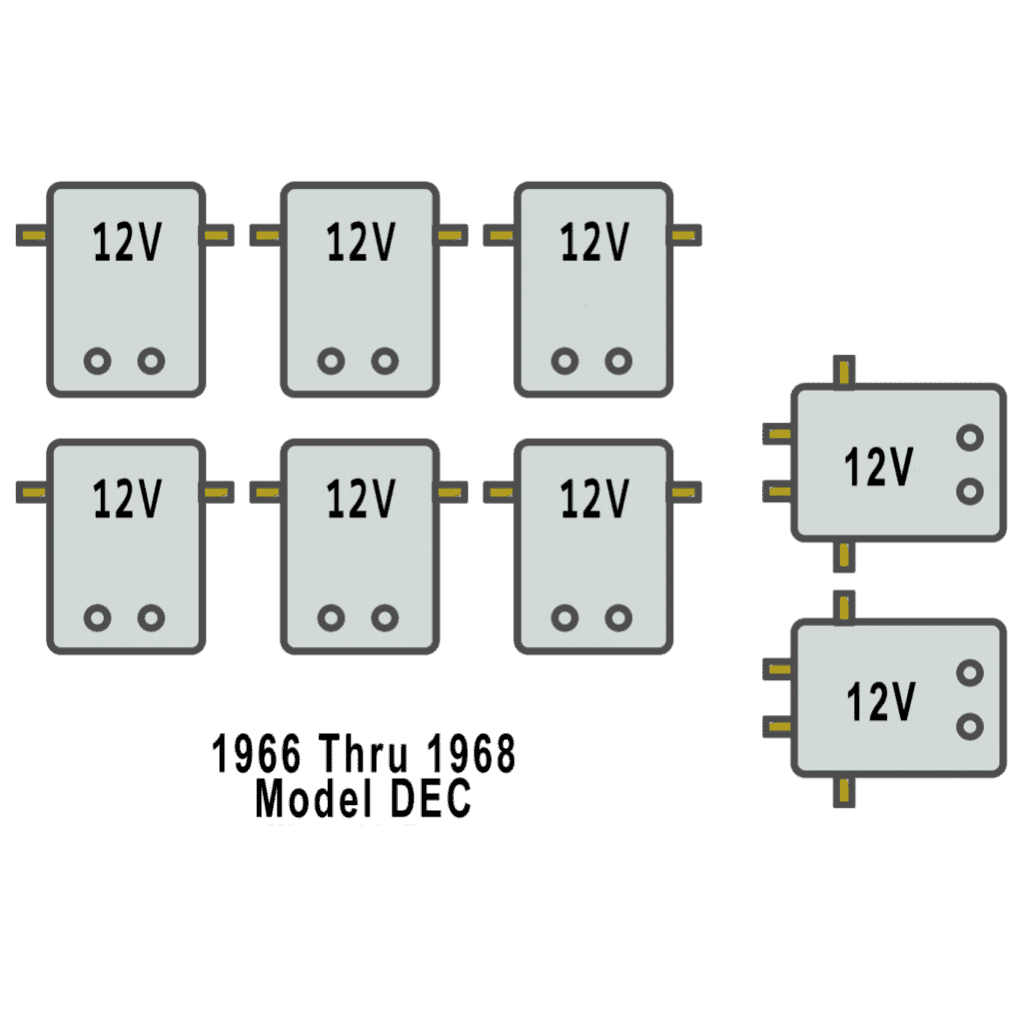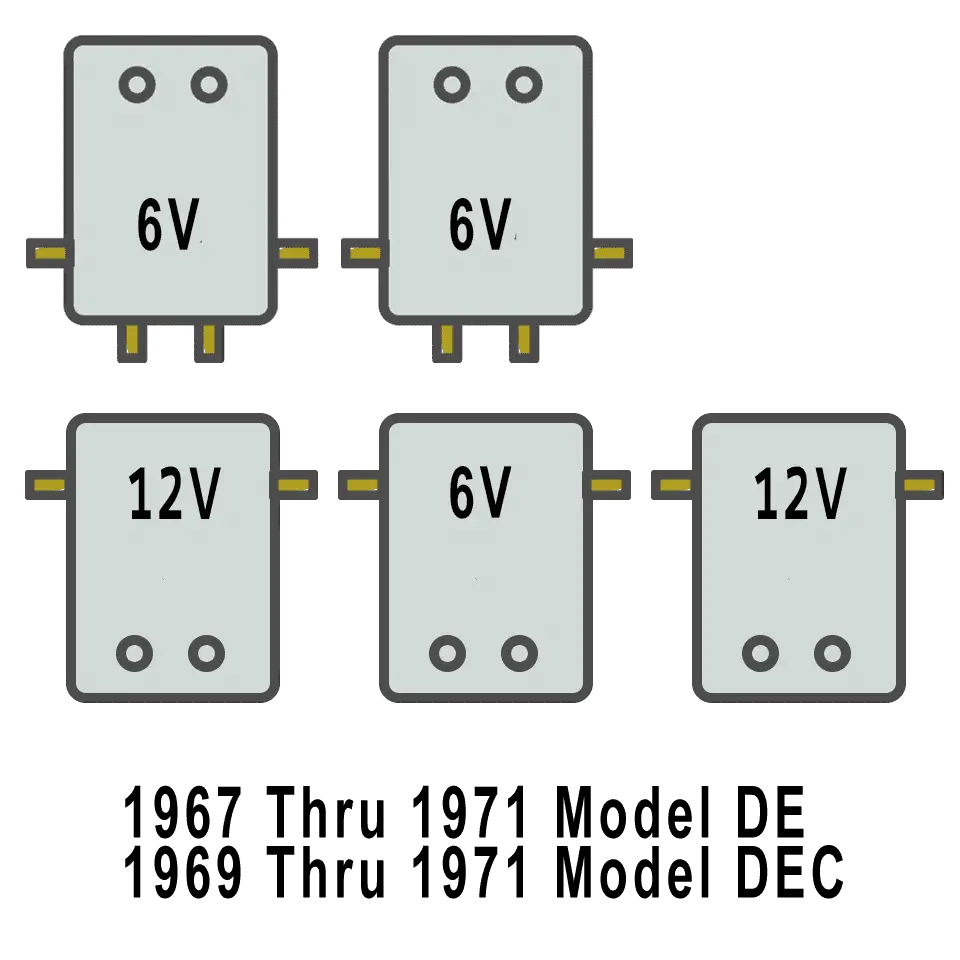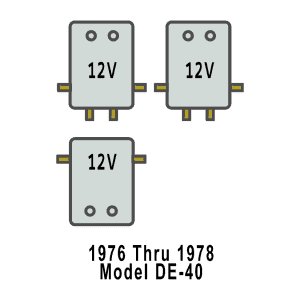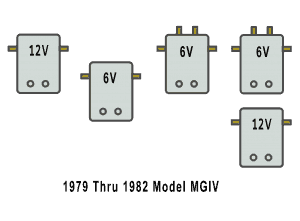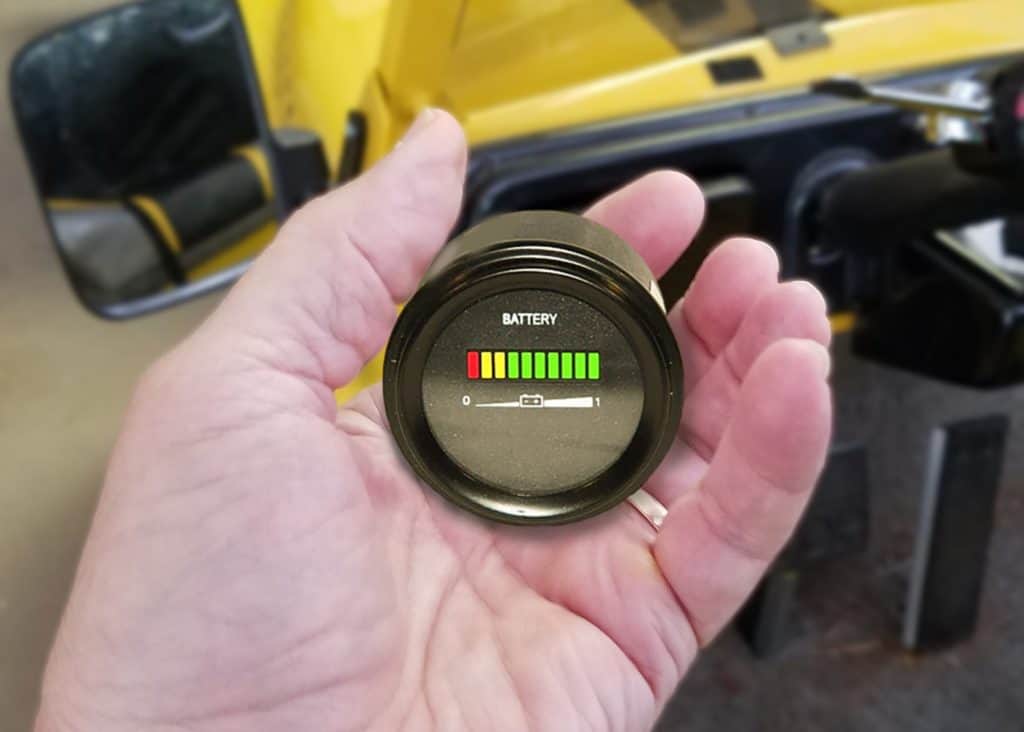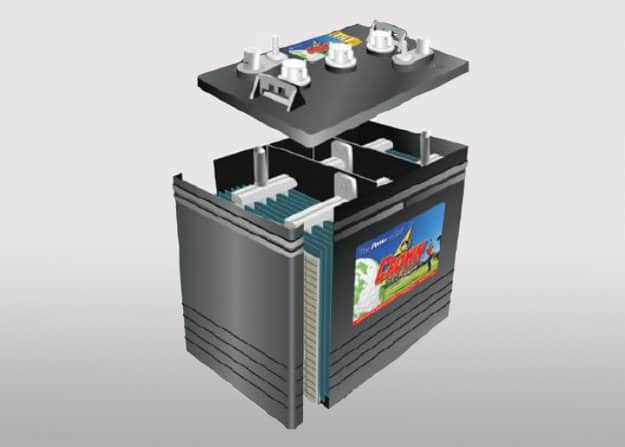What year is my Harley Davidson Golf Cart? The year will be 1963 to 1982 and will be listed on the serial plate. The exact year and model are easily found using the tables below. Here are the steps to find the serial locations and translations. They will help you identify your Harley Davidson golf cart.
Harley Davidson golf carts are highly sought after as collector’s items. The parts are rare and costly. So, it is VITAL to know the year and model of the cart you are working on.
Finding The Serial Plate
Harley Davidson’s golf carts had a unique feature that the back section of the cart could be lifted up. This part was attached with a hinge and could be raised for the owner to conduct any necessary maintenance on the engine or the frame of the cart. Around this time, the company was starting to make golf carts that ran on batteries, but these didn’t gain as much popularity as those that ran on gas. The hinge feature was convenient for dealing with both types of power sources.
Another rare model is the earlier HD version that came with a steering wheel as opposed to the shiny tiller bar that had become a staple on golf courses. The most sought-after carts were those with three wheels. The earlier models that carried the Harley Davidson brand are now considered very valuable collectibles, although finding parts for them has become quite a challenge.
To determine the year of your cart you will need to find the serial number. On carts with a lift-up body, the specific information is located on a data plate mounted on the upper frame rail on the right or left side near the rear tire. On electric models, DE40 and MGIV without lift-up bodies, the serial number is located on a data metal plate under the driver’s seat towards the passenger side.

Reading The Serial Number
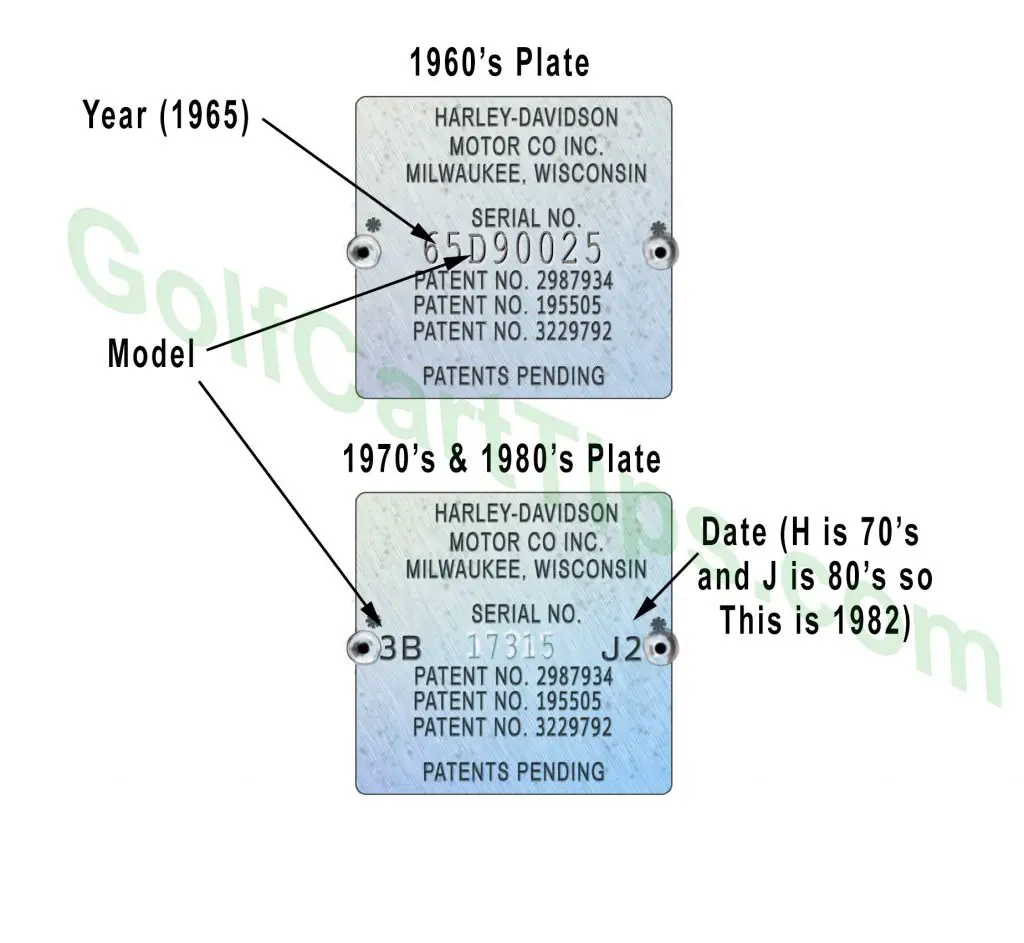
All carts made in the 1960s use the first two digits of the serial to denote the year and the next two are the model as in this example:
65D90025
This VIN would indicate that the cart was made in 1965 and is a model D (Gas Cart)-Three-Wheeled Models. If your cart was built in the 1970s or 1980s, it will reflect this format:
7C 12234 H6
This VIN indicates it was made by Harley Davidson in 1976 (H6) and is a 4-wheel Gasoline engine model D4 (7C). 1982 was the LAST year that AMF Harley Davidson produced golf carts.
The letter H = the ’70s or J = the ’80s shows the cart was manufactured by Harley Davidson The letter C means the ’80s and D means the ’90s designating Columbia as the manufacturer. The last number indicates the year of the decade.
| Harley Davidson Gas and Electric Carts | ||
|---|---|---|
| D | Gasoline Golf Cart | 3-Wheel |
| DE | Electric Golf Cart | 3-Wheel |
| DF | Gasoline Personnel Carrier | 3-Wheel |
| DEF | Electric Personnel Carrier | 3-Wheel |
| DC | Gasoline Utilicar | 3-Wheel |
| DEC | Electric Utilicar | 3-Wheel |
| D4 | Gasoline Golf Cart | 4-Wheel (DX4 ’82 on) |
| DE4 | Electric Golf Cart | 4-Wheel (DEX4 ’82 on) |
| MG IV | Electric Master Glide IV | 4-Wheel |
| Model | Year | Type |
| 1963-1969 | First 3 Digits XXD First 4 Digits XXDE | 3 Wheel Gas 3 Wheel Electric |
| 1970-1979 | Hx (i.e. H1=1971, H3=1973, etc.) | |
| 3B | 3 Wheel Gas D3 | |
| 4B | ’71-76= 3-Wheel Electric D3 ’77-83= 3-Wheel Electric DE3 |
|
| 7C | 4 Wheel Gas D4 | |
| 8C | 4-Wheel Electric DE4 | |
| 8D | 4-Wheel Electric DE-40 76-78 | |
| 1980-1982 | Jx (i.e. J1=1981, J2=1982, etc.) | |
| 3B | 3 Wheel Gas D3 | |
| 4B | 3-Wheel Electric DE3 | |
| 7C | 4 Wheel Gas D4 | |
| 3K | 4 Wheel gas D4 80’s classic | |
| 8D | 4 Wheel electric MG IV Challenger | |
| 5K | 4 Wheel Gas DX4 ’82 | |
| Chart continues with Columbia/Par Car after 1983 | ||
| 1983-1989 | C3-C9 (i.e. C3=1983) | |
| 3B | 3-Wheel Gas D3 | |
| 4B | 3-Wheel Electric DE3 | |
| 5K | 4-Wheel Gas DX4 | |
| 6K | 4-Wheel Electric DEX4 | |
| 7K | Gas Utility | |
| 8K | Electric Challenger | |
| 9K | Electric Utility DE4 | |
| 2L | 4-Wheel Gas P4G | |
| 3L | 4-Wheel Electric P4E | |
| 1990-1995 | Dx (i.e. D4=1994) | |
| 2L | 4-Wheel Gas P4G | |
| 3L | 4-Wheel Electric | |
| 5K | 4-Wheel Gas Classic | |
| 6K | 4-Wheel Electric Classic | |
| 7K | 4-Wheel Gas Utility | |
| 9K | 4-Wheel Electric Utility | |
| 2M | 4-Wheel Electric Shuttle | |
| 3M | 4-Wheel Gas Shuttle | |
| 1996-PRESENT | ||
| BE | 4-Wheel Gas | |
| 4E | 4-Wheel Electric | |
Further identification can be done on electrical engine models by comparing the solenoid arrangement on the firewall of the vehicle. This is a broad range of vehicles and doesn’t pinpoint an exact year, but sometimes the serial tag is missing or just too corroded to be of any use.
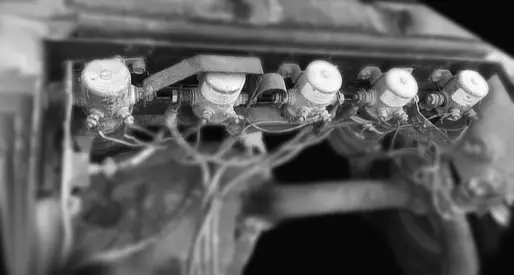
Dimensions |
||||||
|---|---|---|---|---|---|---|
| Model & Year | Wheel Base (inches) | Length (inches) | Width (inches) | Overall Height (inches) | Ground Clearance (inches) | Weight (lbs.) |
| DC 1963-65 | 59.5 | 92.0 | 42.25 | 36.0 | 4.6 | 660 |
| DC 1966-68 | 60.5 | 93.5 | 42.25 | 38.0 | 5.0. | 755 |
| DC 1969-72 | 70.5 | 98.5 | 45.25 | 38.0 | 5.0 | 760 |
| D 1963-66 | 59.5 | 92.5 | 45.25 | 42.5 36 – 1965 only | 4.6 | 624 |
| D 1967-76 | 60.5 | 91.0 | 46.0 | 40.25 | 4.5 | 694 |
| D 1977 and Later | 60.5 | 91.0 | 45.25 | 47.0 | 4.5 | 693 |
| D4 1972-76 | 67.0 | 102.0 | 45.2 | 42 | 4.5 | 821 |
| D4 1977 and Later | 67.0 | 102.0 | 45.25 | 47.0 | 4.0 | 821 |
Harley Davidson Golf Cart History
The Harley Davidson Motorcycle Company started making golf carts in 1963, the same time William Davidson joined the company. The first carts were 3-wheel vehicles and the company expanded the models to include four-wheel carts before the company was purchased by American Machine and Foundry Company (AMF) in 1969.
Elvis Presley owned a Harley Davidson golf car, not for playing golf, but to navigate the Graceland property acreage in Memphis.
Elvis Presley’s Harley-Davidson Golf Cart
Elvis Presley’s Harley-Davidson golf cart was a 1967 model (purchased before AMF bought H-D) that was auctioned along with a 1976 Electra Glide bike to benefit Elvis Presley’s Foundation. This was a three-wheel model that was succeeded by the permanent adoption of the 4-wheel through the remainder of their cart production.
The golf bag holder on the rear of the cart was a bit of a failure in design. The clubs were mounted at a 45-degree angle out the back and had a tendency to dump the clubs when driving uphill.
In 1969 Harley Davidson’s company was acquired by American Machine and Foundry Company (AMF) and in 1971 they changed their name to AMF. Carts were first labeled with the AMF logo in 1972. AMF continued production until 1981 when Columbia ParCar purchased the Harley Davidson golf car division. Columbia dropped the Harley Davidson Name in 1982.
What else does Columbia own? In 1951 Merle and Peggy Williams started manufacturing golf carts under the name Marketeer and sold the company to Westinghouse in 1965. Westinghouse sold this division to Nordskog in 1978 and following the death of Bob Nordskog in 1993, the company was sold to U.S.Electricar. Legend Electric Vehicles purchased U.S.Electricar in 1996 and was in turn purchased by Columbia ParCar in 1999.
What Year Is My Columbia Par Car Golf Cart?
After The Harley Davidson name was dropped, Columbia continued with the ParCar.
The serial number can be found above the rear wheel under the body or under the dash on the passenger side. The year is in the last digits of the serial number.
The first two digits indicate the model:
2L – P4G Gas golf cart
3L – P4E Electric golf cart
5K – Gas golf cart
6K – Electric golf cart
7K – GU4 Gas Utility Truck
9K – EU4 Electric Utility Truck
2M – C6E Electric Shuttle
The following digits are the serial number…except the last two. These indicate the decade by letter and year by number.
Letter codes are
C-1980
D-1990
E-2000
The last number is the year in the decade. For example: 7K21190-C5 = 1985
or 3L14456-D1 = 1991

